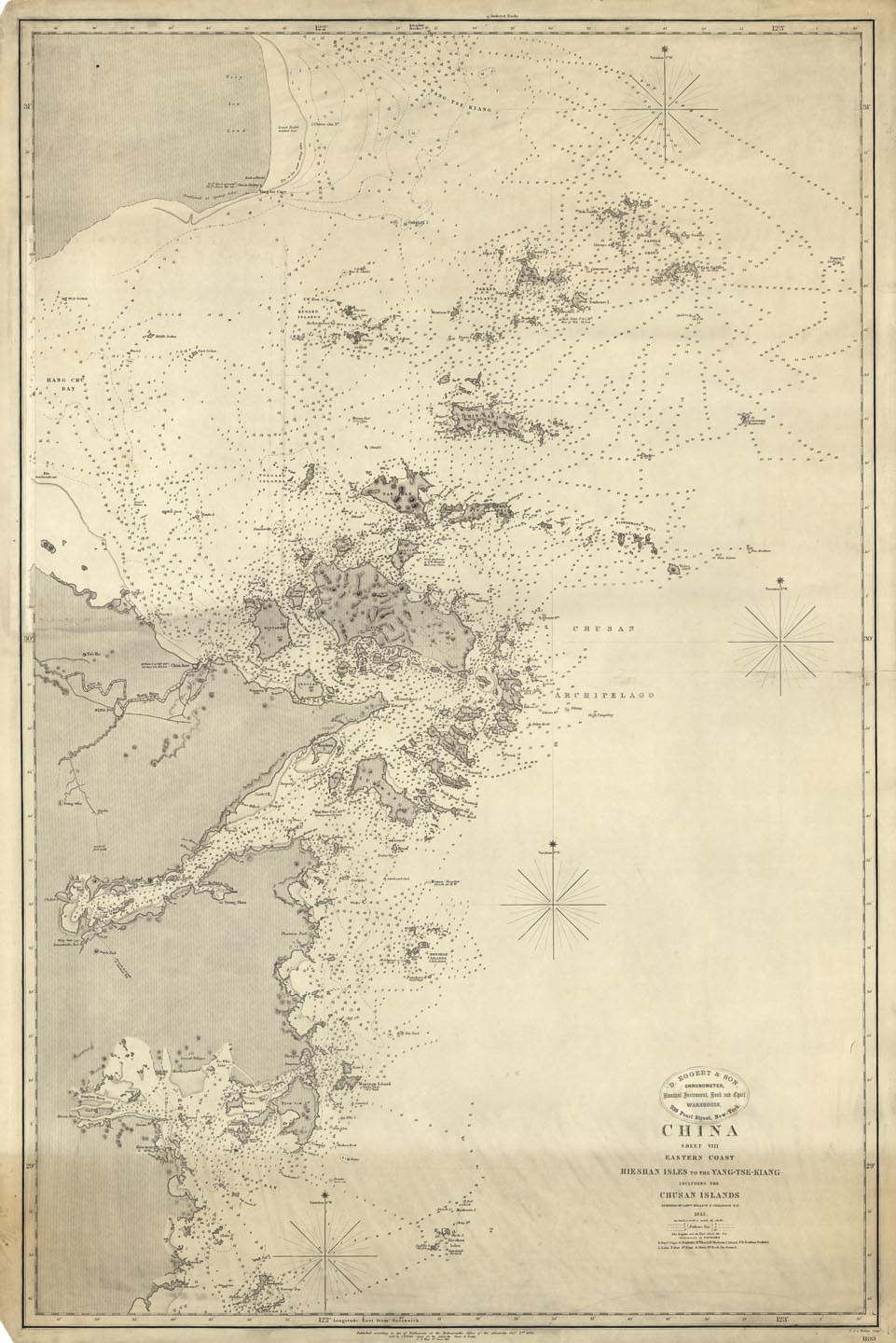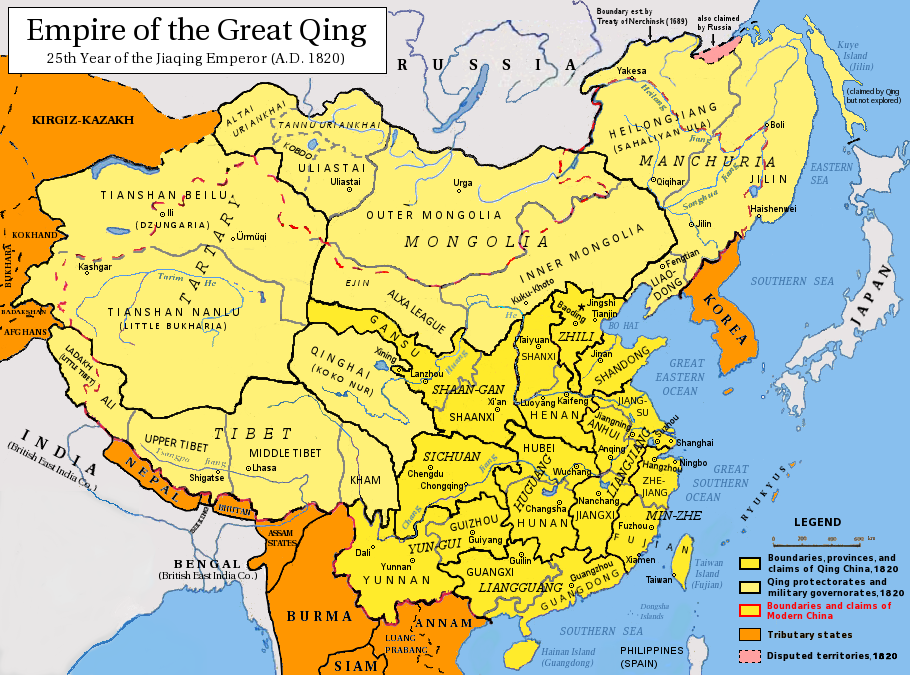|
Jiefang Subdistrict, Zhoushan
Jiefang (解放街道) is a sub-district in Dinghai District, the centre of Zhoushan Island (Downtown Zhoushan City), the People's Republic of China. It is named after Jiefang Road (解放路), or Liberation Road, which crosses the entire sub-district. * Sub-district seat: Jiefang Fangzong Building, 157 West Jiefang Road (解放西路157号解放综合大楼) * Area: 5 km2 * Population Population is a set of humans or other organisms in a given region or area. Governments conduct a census to quantify the resident population size within a given jurisdiction. The term is also applied to non-human animals, microorganisms, and pl ...: 48,181 in 18359 households permanently, 15,000 including temporary residents Subdivisions The sub-district contains 19 residential committees and 1 administrative village (Maoling) (see Administrative divisions of the People's Republic of China#Levels). Pop. = Population (2001) Neighbours * East: Chengdong Sub-district at East Huanchen ... [...More Info...] [...Related Items...] OR: [Wikipedia] [Google] [Baidu] |
Dinghai District
Dinghai () is a district of Zhoushan City made of 128 islands in Zhejiang province, China. The total area is 1,444 square kilometres. The land area is 568.8 square kilometres, the sea area is 875.2 square kilometres, and the coastline is more than 400 kilometres. It is based on the larger northwestern half of Zhoushan Island, where it borders Putuo District, Zhoushan, Putuo in the east. The district boundary meets that of Daishan County out at sea to the north of the island. Its southwestern boundary intersects the border of Ningbo, also entirely at sea. The district, which was formed in January 1987 when it was upgraded from county status, has a population of 399,382 as of 2019. History According to the Dinghai People's Government, the area of Dinghai has been inhabited by humans for over 5,000 years. During the Spring and Autumn period, the area was known as Yongdong (), and belonged to the Yue (state), Yue state. The area was incorporated as Wenshan County () in 738 CE. In ... [...More Info...] [...Related Items...] OR: [Wikipedia] [Google] [Baidu] |
Zhoushan Island
Zhoushan Island is the principal and namesake island in the Zhoushan Islands, formerly romanized as the ChusanIslands, an archipelago administered by Zhoushan Prefecture in Zhejiang Province in the People's Republic of China. It is the province's largest island and 3rd-largest in mainland China after Hainan and Chongming. The island is the district seat of both Dinghai and Putuo. The island was the site of the first and second capture of Chusan during the First Opium War. When referred to as a port, the Port of Zhoushan (舟山市) refers to the prefecture-level "city" consisting of Zhoushan island as well as the other nearby outlying islands, in Zhejiang. The former name of Zhoushan was Dinghai ( Chinese: 定海). The Port of Zhoushan is a popular port for bulk carriers. Name The name ''Zhoushan'' means "Boat" and refers to the shape of the island on a map. Geography At 30° N. 122° E., it lies northwest to southeast, and has a coastline, at its longest point ... [...More Info...] [...Related Items...] OR: [Wikipedia] [Google] [Baidu] |
Zhoushan City
Zhoushan is an urbanized archipelago with the administrative status of a prefecture-level city in the eastern Chinese province of Zhejiang. It consists of an archipelago of islands at the southern mouth of Hangzhou Bay off the mainland city of Ningbo. The prefecture's city proper is Dinghai on Zhoushan Island, now administered as the prefecture's Dinghai District. During the 2020 census, Zhoushan Prefecture's population was 1,157,817, out of whom 882,932 lived in the built-up (or metro) area made of two urban districts of Dinghai and Putuo. On 8 July 2011, the central government approved Zhoushan as Zhoushan Archipelago New Area, a state-level new area. History The archipelago was inhabited 6,000 years ago, during the Neolithic by people of the Hemudu culture. During the Spring and Autumn period, Zhoushan was called Yongdong, referring to its location east of the Yong River. At the time, it belonged to the state of Yue. The fishermen and sailors who inhabited th ... [...More Info...] [...Related Items...] OR: [Wikipedia] [Google] [Baidu] |
People's Republic Of China
China, officially the People's Republic of China (PRC), is a country in East Asia. With population of China, a population exceeding 1.4 billion, it is the list of countries by population (United Nations), second-most populous country after India, representing 17.4% of the world population. China spans the equivalent of five time zones and Borders of China, borders fourteen countries by land across an area of nearly , making it the list of countries and dependencies by area, third-largest country by land area. The country is divided into 33 Province-level divisions of China, province-level divisions: 22 provinces of China, provinces, 5 autonomous regions of China, autonomous regions, 4 direct-administered municipalities of China, municipalities, and 2 semi-autonomous special administrative regions. Beijing is the country's capital, while Shanghai is List of cities in China by population, its most populous city by urban area and largest financial center. Considered one of six ... [...More Info...] [...Related Items...] OR: [Wikipedia] [Google] [Baidu] |
Area
Area is the measure of a region's size on a surface. The area of a plane region or ''plane area'' refers to the area of a shape or planar lamina, while '' surface area'' refers to the area of an open surface or the boundary of a three-dimensional object. Area can be understood as the amount of material with a given thickness that would be necessary to fashion a model of the shape, or the amount of paint necessary to cover the surface with a single coat. It is the two-dimensional analogue of the length of a curve (a one-dimensional concept) or the volume of a solid (a three-dimensional concept). Two different regions may have the same area (as in squaring the circle); by synecdoche, "area" sometimes is used to refer to the region, as in a " polygonal area". The area of a shape can be measured by comparing the shape to squares of a fixed size. In the International System of Units (SI), the standard unit of area is the square metre (written as m2), which is the area o ... [...More Info...] [...Related Items...] OR: [Wikipedia] [Google] [Baidu] |
Population
Population is a set of humans or other organisms in a given region or area. Governments conduct a census to quantify the resident population size within a given jurisdiction. The term is also applied to non-human animals, microorganisms, and plants, and has specific uses within such fields as ecology and genetics. Etymology The word ''population'' is derived from the Late Latin ''populatio'' (a people, a multitude), which itself is derived from the Latin word ''populus'' (a people). Use of the term Social sciences In sociology and population geography, population refers to a group of human beings with some predefined feature in common, such as location, Race (human categorization), race, ethnicity, nationality, or religion. Ecology In ecology, a population is a group of organisms of the same species which inhabit the same geographical area and are capable of Sexual reproduction, interbreeding. The area of a sexual population is the area where interbreeding is possi ... [...More Info...] [...Related Items...] OR: [Wikipedia] [Google] [Baidu] |
Administrative Divisions Of The People's Republic Of China
The administrative divisions of China have consisted of several levels since 1412, due to mainland China's large population and geographical area. In the People's Republic of China, the constitution provides for three levels of government. However in practice, there are five levels of local government; the provincial (province, autonomous region, municipality, and special administrative region), prefecture, county, township, and village. Since the 17th century, provincial boundaries in mainland China have remained largely static. Major changes since then have been the reorganization of provinces in the northeast after the establishment of the People's Republic of China in 1949 and the formation of autonomous regions, based on Soviet ethnic policies. The provinces serve an important cultural role in China, as people tend to identify with their native province. Levels The Constitution of the People's Republic of China provides for three levels: the provincial, the county l ... [...More Info...] [...Related Items...] OR: [Wikipedia] [Google] [Baidu] |
Hanzi
Chinese characters are logographs used to write the Chinese languages and others from regions historically influenced by Chinese culture. Of the four independently invented writing systems accepted by scholars, they represent the only one that has remained in continuous use. Over a documented history spanning more than three millennia, the function, style, and means of writing characters have changed greatly. Unlike letters in alphabets that reflect the sounds of speech, Chinese characters generally represent morphemes, the units of meaning in a language. Writing all of the frequently used vocabulary in a language requires roughly 2000–3000 characters; , nearly have been identified and included in ''The Unicode Standard''. Characters are created according to several principles, where aspects of shape and pronunciation may be used to indicate the character's meaning. The first attested characters are oracle bone inscriptions made during the 13th century BCE in what ... [...More Info...] [...Related Items...] OR: [Wikipedia] [Google] [Baidu] |
Renminbi
The renminbi ( ; currency symbol, symbol: Yen and yuan sign, ¥; ISO 4217, ISO code: CNY; abbreviation: RMB), also known as the Chinese yuan, is the official currency of the China, People's Republic of China. The renminbi is issued by the People's Bank of China, the Central bank, monetary authority of China. It is the world's Template:Most traded currencies, fifth-most-traded currency as of April 2022. The Yuan (currency), yuan () is the basic unit of the renminbi. One yuan is divided into 10 Jiao (currency), jiao (), and the jiao is further subdivided into 10 Fen (currency), fen (). The word ''yuan'' is widely used to refer to the Chinese currency generally, especially in international contexts. Valuation Until 2005, the value of the renminbi was Fixed exchange-rate system, pegged to the United States dollar, US dollar. As China pursued its Chinese economic reform, transition from planned economy, central planning to a market economy and increased its participation in foreign ... [...More Info...] [...Related Items...] OR: [Wikipedia] [Google] [Baidu] |





